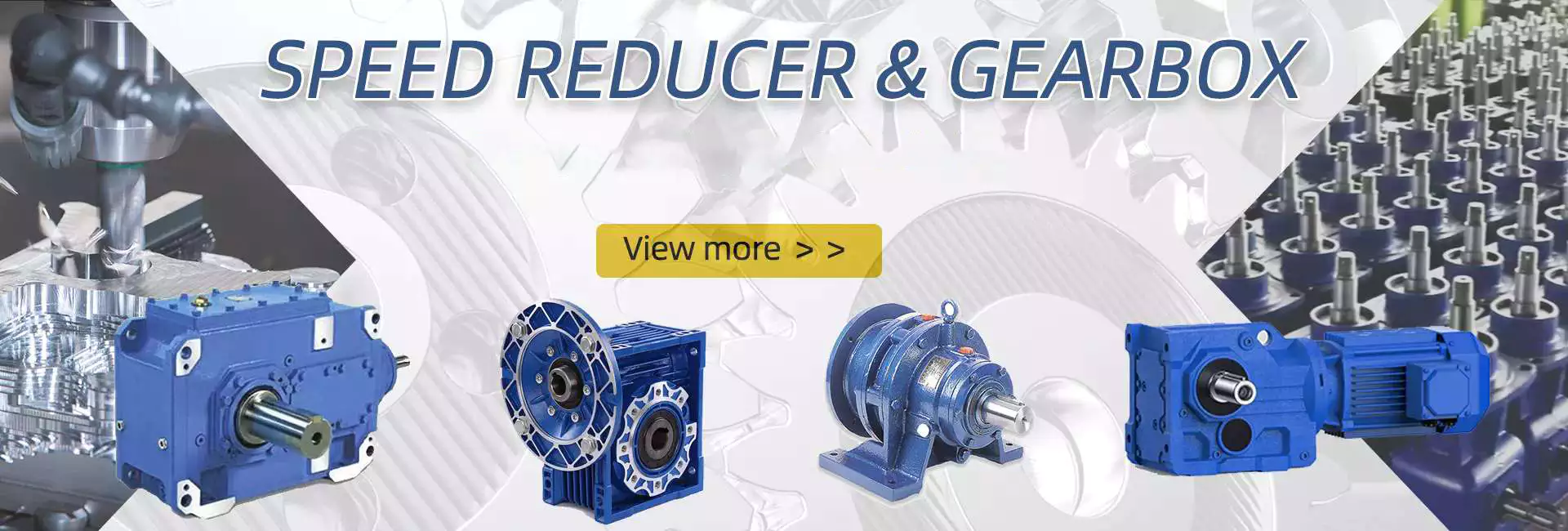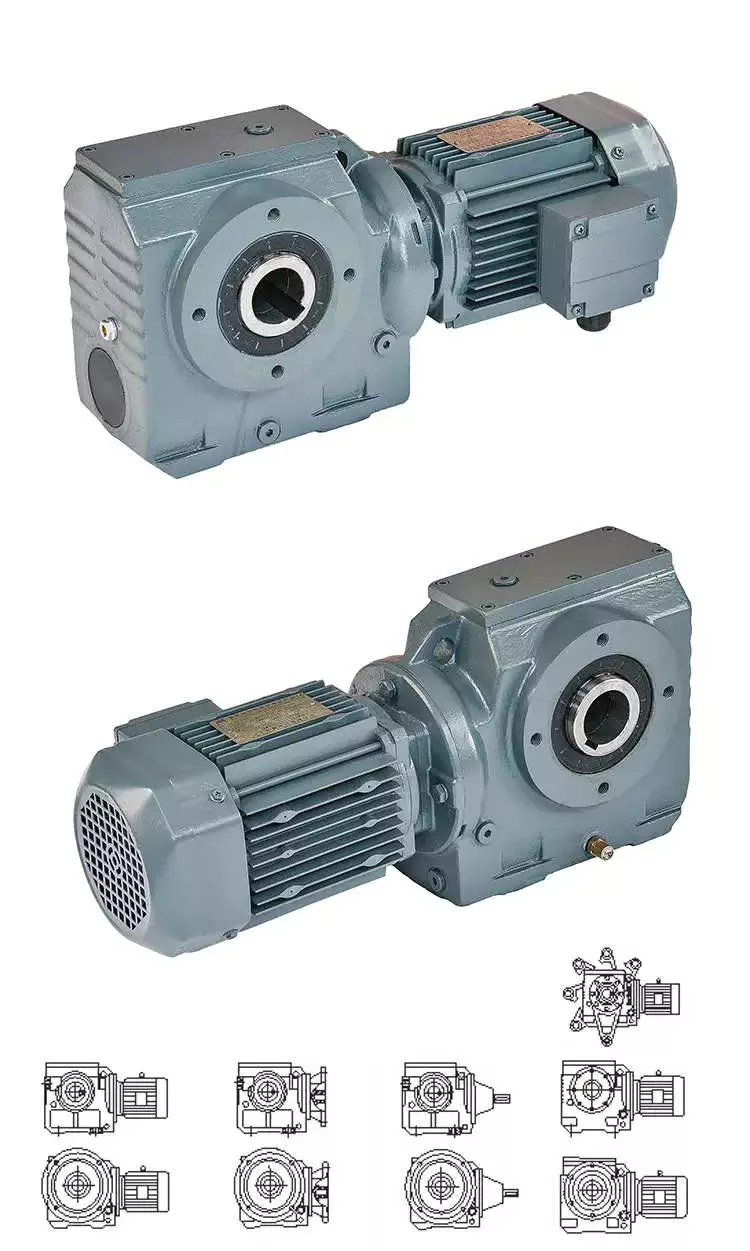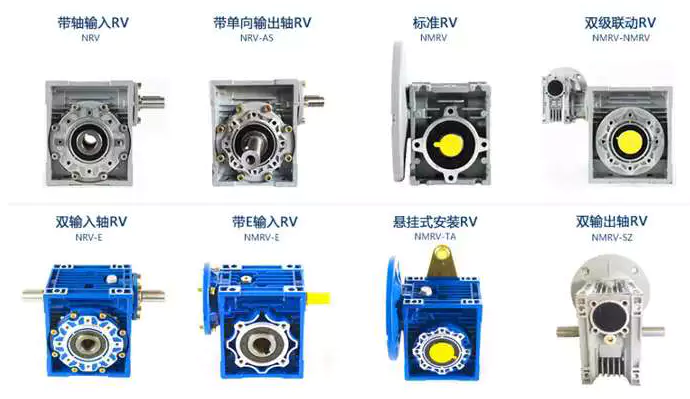Solution Description
Worm gearbox pace reducer electric motor dc are on sale with higher quality for you
SMRV 571-150 worm gear box with flange and electric motor
SMRV+NMRV Double Stage Arrangement Reduction Equipment Box
RV Sequence Worm Gearbox
worm pace reducer
nmrv worm gear motor
You can choose the 1 type that you want sort these solution introction.
If you have any query,remember to speak to me.
HangZhou Sihai Equipment Co.,ltd is a organization specialized in investigation, manufacture and service of pace gearbox. At any time considering that establishment, we have been persisting in technological innovation, advancing the techonology to our goods while preserving our rigorous high quality controls. It is the purpose that our items branding ”Xihu (West Lake) Dis.n” have liked these kinds of successful global revenue.
At existing, our organization mostly provides 5 sequence goods as RV worm gearbox, UDL collection velocity variator,Laptop sequence helical equipment unit,G3 helical geared motor and SRC helical gearbox. The items are broadly applied in the mechanical equipment field this sort of as foods and beverage,cement,deal,chemical and dyeing, rubber and plastic, CNC device resource,and so forth.
Our items have been processed ISO 9001 Good quality System Certification and exported to Italy,Spain,Britain,Poland,Turkey.The Usa and other European nations around the world,generate the good status with our exceptional top quality and support.
Buyers first,customers pleasure, outstanding following sale support and incessant innovation are our tenet and motto. We will go all out to give all the consumers with large quality and service.
| To Be Negotiated | 1 Piece (Min. Order) |
###
| Application: | Motor, Electric Cars, Motorcycle, Machinery, Marine, Toy, Agricultural Machinery, Car |
|---|---|
| Hardness: | Hardened Tooth Surface |
| Installation: | Vertical Type |
| Layout: | Coaxial |
| Gear Shape: | Conical – Cylindrical Gear |
| Step: | Single-Step |
###
| Customization: |
Available
|
|---|
| To Be Negotiated | 1 Piece (Min. Order) |
###
| Application: | Motor, Electric Cars, Motorcycle, Machinery, Marine, Toy, Agricultural Machinery, Car |
|---|---|
| Hardness: | Hardened Tooth Surface |
| Installation: | Vertical Type |
| Layout: | Coaxial |
| Gear Shape: | Conical – Cylindrical Gear |
| Step: | Single-Step |
###
| Customization: |
Available
|
|---|
Worm gear reducer
Cheaper than planetary gearboxes In many cases, worm gear reducers are a popular alternative to planetary gearboxes. A worm gear reducer is a mechanical device with vertical input and output shafts. This allows for very high reduction ratios. They are typically used in high-reduction situations such as machine tools.
Worm gears are cheaper than traditional gearboxes. They also have many benefits, including noise reduction. The output shaft of the worm gear reducer is almost 90 degrees from the motor input shaft, making it ideal for high-torque applications.
The worm gear reducer adopts an aluminum body, which is light in weight and high in operation efficiency. Additionally, they are available with hollow shafts and mounting flanges. In terms of initial cost, worm gear reducers are cheaper than planetary gearboxes. In addition, they have better efficiency and longer service life.
Worm drives are also ideal for portable battery-powered lifting equipment. The high gear ratio of the worm gear ensures that it does not reverse drive. The worm gear has a spring-applied brake that holds the motor in place.
Planetary gearboxes are popular among industrial users. The efficiency of planetary gearboxes is important for practical applications.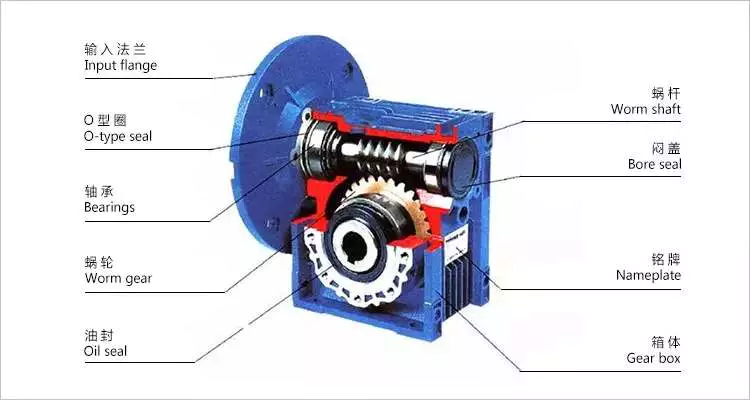
The compact worm gear unit consists of a housing with an inner cavity. It has two side walls, one on either side of the front cover (13) and one on both sides of the rear cover (14). The front end cap is screwed onto the housing and the inner cavity is accessed through the rear end cap.
The compact worm gear unit can be configured to suit your application. They have many advantages, including saving space and increasing torque. The range includes single-envelope and double-envelope versions, available in a number of different power ratings. Additionally, they are IP65-rated, making them ideal for applications involving high radial or axial forces.
The compact worm reducer is a simple but effective worm drive. Its worm gear 16 meshes with the output shaft and rotates relatively stably. It also has a front-end cap and rear bearing. This enables the compact worm reducer to reduce vibration without damaging the output shaft.
Compact worm gear reducers are ideal for many applications and offer high efficiency. The compact design means you can mount them on the motor’s flange or base. Its durable construction makes it ideal for a variety of industries. They are extremely durable and can handle high-pressure and washdown conditions. They also come standard with a synthetic shaft.
high efficiency
High-efficiency worm gear reducers are ideal for applications that require precision, repeatability, and efficient performance. These reducers are designed with state-of-the-art servo motor technology to provide tight integration and an angular backlash of less than two arc minutes. The reduction ratio can be lower if the application requires it.
Rising energy costs have led to an increased focus on the efficiency of drives. In response to this, manufacturers have increased the efficiency of worm gear reducers through a number of technical improvements. By minimizing losses from rolling and sliding friction, worm gear reducers are more efficient than their counterparts.
The high-efficiency worm reducer is simple in design and has the characteristics of a compact structure, high-speed ratio, low power consumption, and self-locking. Other advantages of these reducers include low noise and long service life. Many also have built-in control systems that allow manual and remote adjustments. They also feature automatic shutdown protection and thermal protection.
High-efficiency worm reducers can be used for mechanical acceleration. The input hypoid gear is usually made of steel, while the output hypoid gear is usually made of bronze. Bronze is a soft metal that is good at absorbing shock loads. However, bronze requires work hardening to achieve optimum hardness. For large worm gears, this process can take 300 to 550 hours.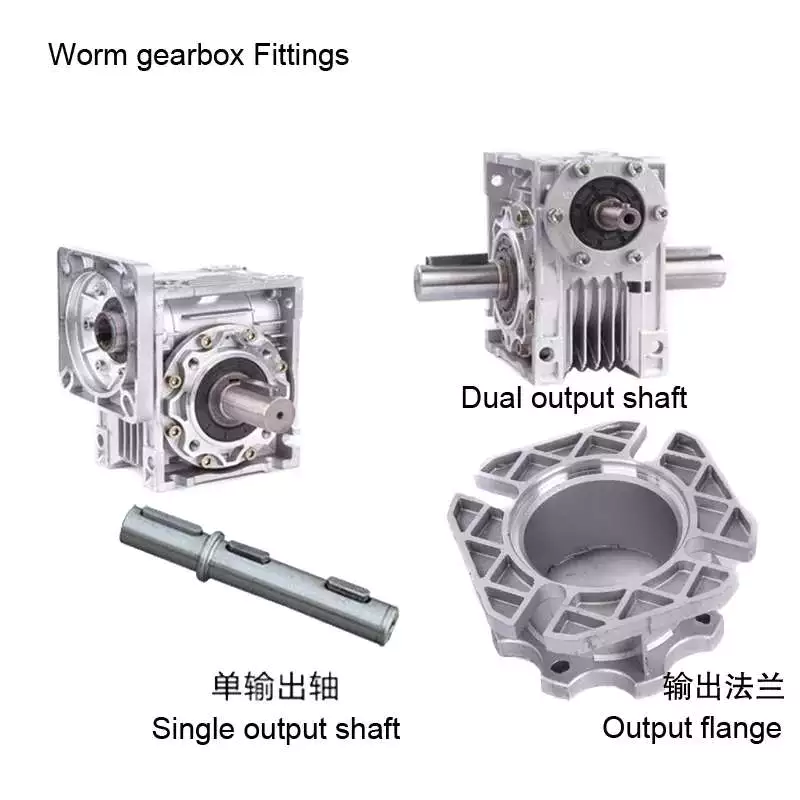
low clearance
A low-clearance worm reducer is a device used to adjust the speed of a rotating shaft. It uses a worm gear consisting of two members. One worm is at one end of the shaft and the other is at the other end. Both worms are screwed into the synchronous drive structure.
Low clearance worm gear reducers can be produced on conventional worm gear production lines without overlapping investments. These units are usually made of soft rubber. Also, they are relatively quiet in operation. These machines are designed so that they are suitable for use in elevators. The softer material in the worm gear also helps absorb shock loads.
The tooth profile of the worm gear is designed to change with the axial movement of the worm. Worms have thinner right teeth and thicker left teeth. As the worm moves to the right, its teeth mesh with the worm gear, reducing backlash.
There are many different types of worm gears. The design of gears depends on many factors, including backlash, thermal design, friction factors and lubrication. Worm gears are made of several different materials. Some different types of materials used in worm gears require special lubrication.
quieter
The quieter worm reducer is designed to reduce the noise level of the rotating gear motor. The device has more gear teeth in meshing contact with the gears, which helps it run more quietly. In addition to being quieter than other transmissions, it’s also less expensive than its counterparts.
Worm gearboxes can be used for different applications, but they are not as efficient as helical gearboxes. Worm reducers are cheaper but less than 90% efficient. Higher gear ratios reduce efficiency, so worm gear reducers are better suited for applications that require low-speed torque. The cost of buying a worm gearbox will depend on the horsepower and gear ratios required.
Worm reducers are also more comfortable to use than planetary gearboxes. They don’t vibrate and heat up quickly, making them an excellent choice for low to medium horsepower applications. Worm gear reducers can be upgraded to improve their performance by combining with other gear trains or gearboxes.
easy to replace
An easily replaceable worm gear reducer can save you a lot of money. A worm gear reducer is part of a chain drive and allows you to change gear ratios quickly and easily. Worm gear reducers can be easily replaced in a number of ways. It’s a good idea to read the manufacturer’s manual before replacing a worm gear reducer. Make sure you have the instructions available so you can refer to them in the future.
Worm gear reducers offer many advantages, including long service life and low noise. They are also designed with a 90-degree output shaft for easy installation. Another advantage of these gear reducers is that they can be used with both solid and hollow output shafts. This means less maintenance and downtime.
Worm gear reducers are widely used. Most gear manufacturers have large inventories. Worm gears also have uniform mounting dimensions. Dimensional consistency means you don’t have to worry about matching the shaft length and diameter to the worm gear. You can easily find a replacement worm gear reducer for your equipment.
When replacing the worm gear reducer, check the lubricating oil recommended by the machine. If not included, use original gear oil. Be sure to follow the manufacturer’s instructions carefully.


editor by czh 2022-12-07
